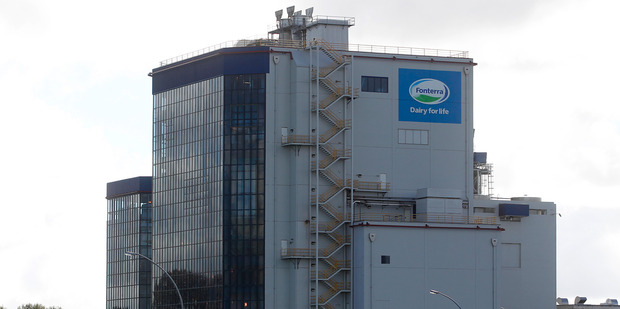Source: Stuff
Dairy prices rose again at the GlobalDairyTrade auction overnight, on the back of an increase in the value of milk powder.
However, prices still have to increase a long way if Fonterra is to achieve its payout forecast.
The 1 per cent increase is the third rise in a row at the fortnightly auctions, and follows a 3.6 per cent jump two weeks ago.
Whole milk powder, New Zealand’s largest dairy export, rose 3.8 per cent offsetting falls in several other categories including anhydrous milk fat which was down 5 per cent.
Butter milk powder was down 6.4 per cent and cheddar was down 4.3 per cent.
Rennet casein rose by 3.3 per cent, skim milk powder rose by 1 per cent and butter was flat with a 0.1 per cent increase.
Volume was down again with the quantity sold falling by more than 6 per cent to 31,326 tonnes. Despite the overall increase prices are just over half what they were this time last year.
AgriHQ has lifted its Seasonal Farmgate Milk Price forecast by 20 cents to $4.40 per kilogram of milk solids, below Fonterra’s forecast of $4.70/kg.
AgriHQ analyst Ivan Luketina said the increase was mainly due to increases in dairy futures pricing since the previous auction a fortnight ago.
“Although milk production in NZ is well past its seasonal peak, milk flows are still high at this time of year, so it’s hard to see prices rising quickly in this market environment without something significant tipping the supply and demand balance,” he said.
“That may yet come, however, if the current dry weather pattern persists in key dairy producing regions of New Zealand.”
Yesterday ANZ slashed its forecast for Fonterra’s farm gate milk price this season to $4.35/kg. In a note following today’s auction, ANZ economists said milk powder prices needed to rise by an average of 3.2 per cent at each auction until July for Fonterra to meet its $4.70/kg forecast.
“Last night’s auction was encouraging for whole milk powder, but outside this price action remained poor for the other products,” ANZ said.
“The run of good results for milkfat products looks to have done their dash as they have caught up to offshore prices from other sources and skim milk powder prices were little changed.”
The dairy co-operative achieved a record milk price of $8.40/kg last season.




